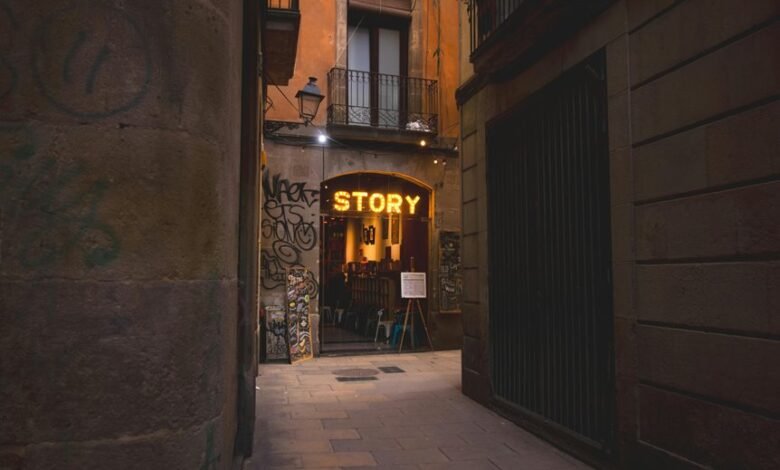Blueygpt Oscar Once Upon Bot: Exploring the Intersection of AI and Storytelling

The emergence of Blueygpt Oscar Once Upon Bot illustrates a significant shift in storytelling dynamics through artificial intelligence. By utilizing machine learning, it creates narratives that adapt to user engagement, challenging traditional forms of narrative construction. This interplay between human creativity and AI capabilities prompts questions about authenticity and emotional resonance. As technology evolves, the implications for both creators and audiences become increasingly complex, raising critical inquiries about the future of narrative art.
The Evolution of Storytelling in the Digital Age
As technology advances, the landscape of storytelling has transformed significantly, reflecting the dynamic interplay between tradition and innovation.
Digital narratives have emerged, enabling creators to engage audiences through interactive storytelling. This shift fosters a participatory culture, allowing individuals to influence plotlines and character development.
Such evolution not only expands creative possibilities but also democratizes storytelling, granting freedom to both storytellers and consumers.
How Blueygpt Oscar Utilizes Machine Learning
While many storytelling platforms rely on traditional narrative structures, Blueygpt Oscar leverages machine learning to create dynamic and personalized experiences.
By utilizing advanced AI algorithms and sophisticated language models, it enhances narrative generation and adapts to user preferences.
This innovative approach transforms creative processes, allowing for unique storytelling that resonates deeply with audiences, ultimately redefining the boundaries of narrative art in the digital landscape.
Enhancing Creativity: Collaboration Between Humans and AI
Although the integration of artificial intelligence into the creative process may seem unconventional, it offers unprecedented opportunities for collaboration between human creators and AI systems.
This partnership fosters creative synergy, where human intuition and AI inspiration converge to craft collaborative narratives. Such interactions can enhance storytelling by blending emotional depth with computational efficiency, ultimately expanding the horizons of creativity and redefining artistic expression.
The Impact on Traditional Storytelling Methods
The collaboration between humans and AI not only fosters creativity but also challenges traditional storytelling methods in significant ways.
By merging traditional narratives with digital adaptations, innovative storytelling techniques emerge, reshaping audience engagement.
This evolution encourages a departure from linear formats, allowing for interactive experiences that resonate with contemporary audiences, ultimately redefining the essence of storytelling in the digital age.
Future Possibilities in AI-Driven Narratives
As technology continues to advance, the potential for AI-driven narratives expands, offering new dimensions in storytelling that were previously unimaginable.
Interactive narratives allow audiences to shape their experiences, fostering deeper engagement.
Meanwhile, dynamic characters evolve based on user interactions, reflecting personal choices and emotional responses.
This convergence promises to redefine storytelling, embracing freedom and creativity in ways that empower both creators and audiences alike.
Conclusion
As the landscape of storytelling evolves, the potential of Blueygpt Oscar Once Upon Bot looms large, inviting creators and audiences into a realm where narratives bend and twist according to their desires. Yet, lurking in the shadows of this technological marvel is the question: will the essence of human creativity be overshadowed by algorithms? The future teeters on the edge of possibility, where the line between author and audience blurs, leaving one to wonder what stories truly belong to us.




